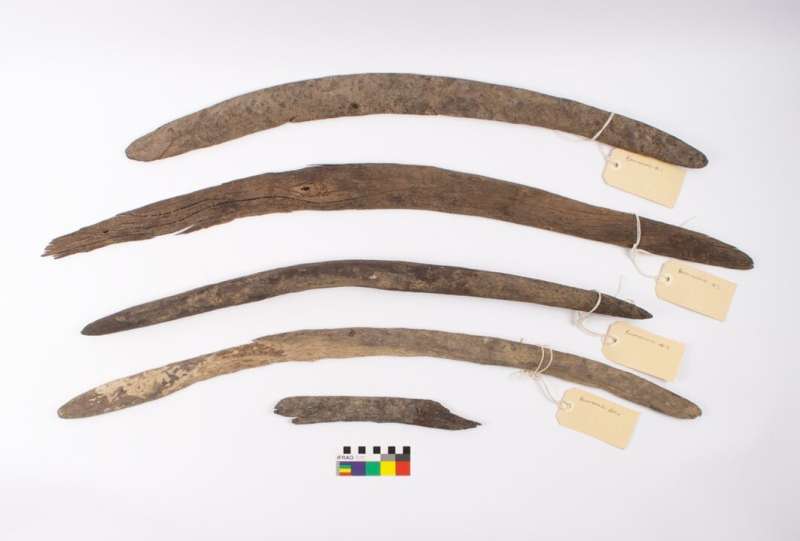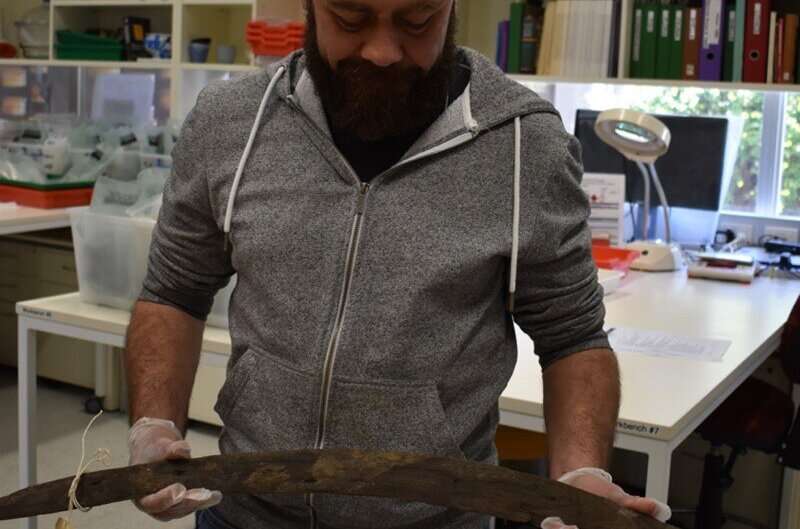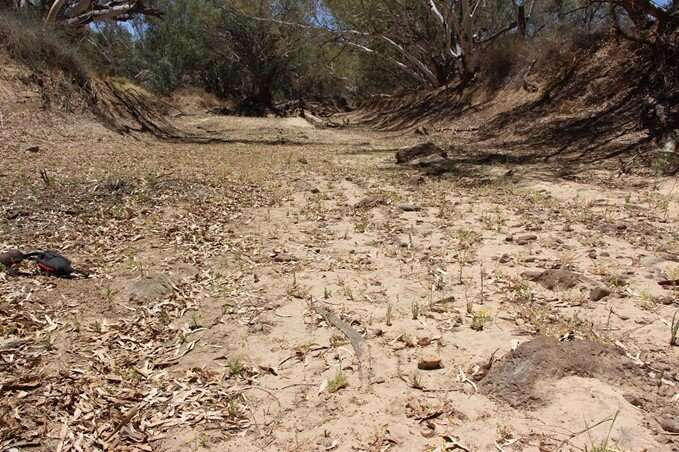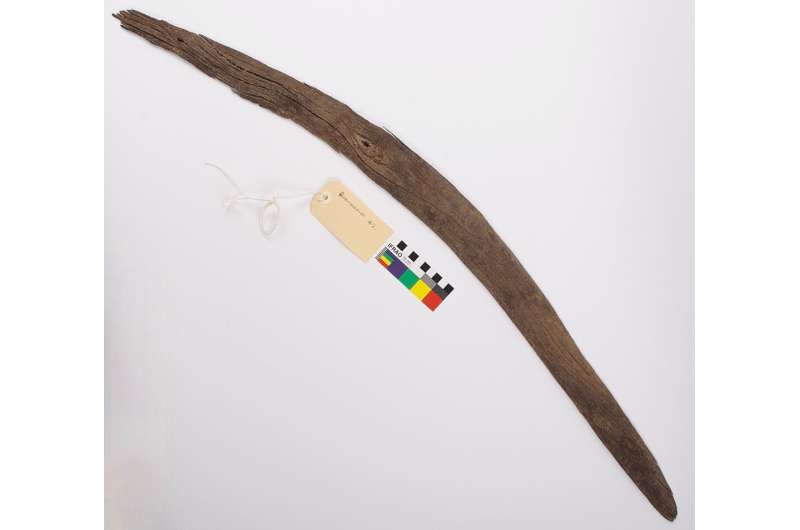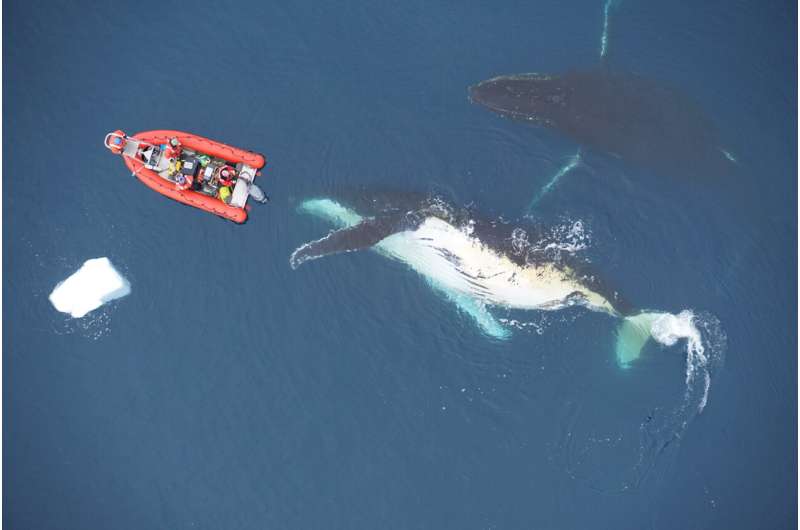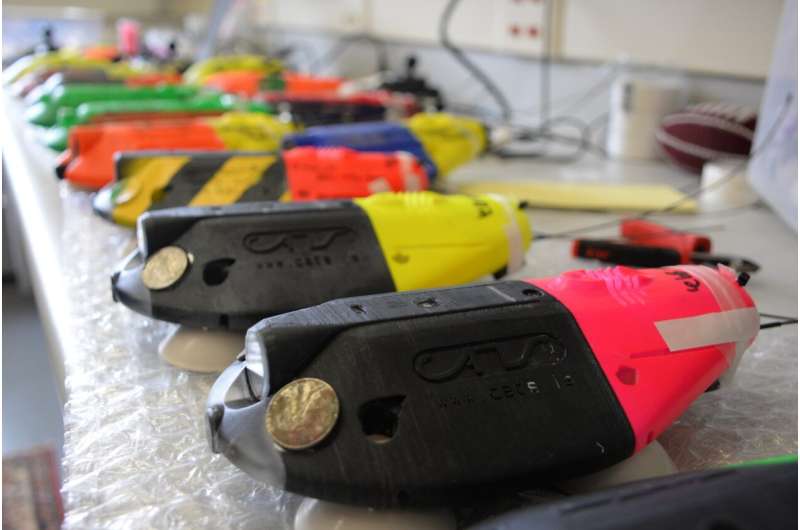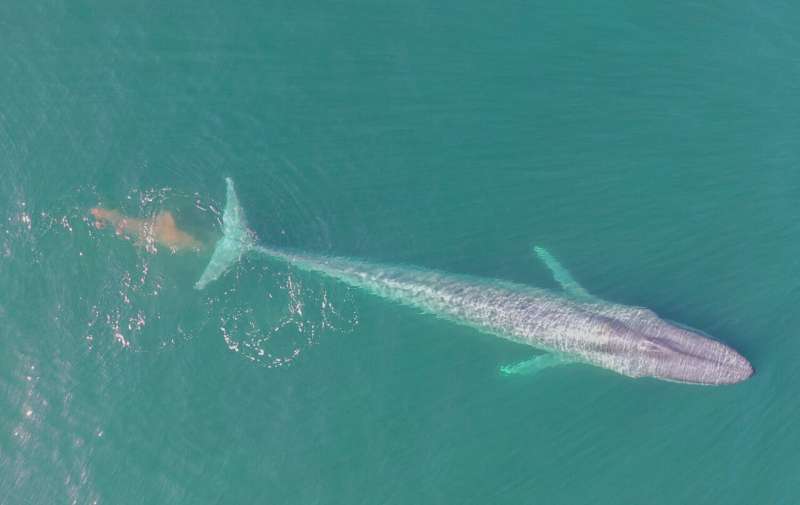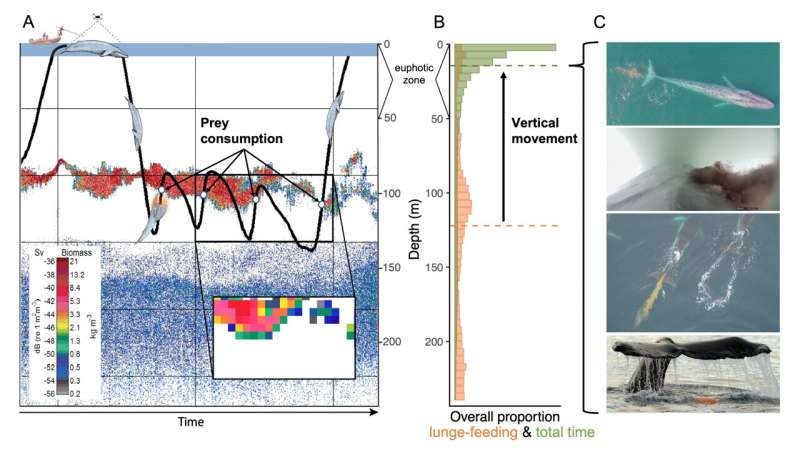Study: Algorithm can predict when an adolescent will become suicidal with 91% accuracy
Study reveals which risk factors most strongly associated with suicidal thoughts and behavior among teens
Peer-Reviewed PublicationResearchers from Brigham Young University, Johns Hopkins and Harvard have created an algorithm that can predict suicidal thoughts and behavior among adolescents with 91% accuracy.
The researchers outline their machine learning approach in an article published today in PLOS ONE, where they also detail risk factors that are leading predictors of suicidal ideation and behavior among adolescents: online harassment and bullying.
“Suicide is the second leading cause of death among adolescents in the U.S.,” said Michael Barnes, study coauthor and Associate Dean of the BYU College of Life Sciences. “It’s critical we have a better understanding of the risk factors — and the protective factors — associated with this heartbreaking issue.”
The study results show researchers can predict with high accuracy which adolescents will exhibit suicidal thoughts (consider or planning) or suicidal behavior (attempting) based on experiences they face.
The team analyzed data from 179,384 junior high and high school students, along with those who participated in the Student Health and Risk Prevention survey from 2011-2017. The dataset includes responses to 300+ survey questions and 8000+ bits of demographic information, resulting in a total of 1.2 billion data points that were processed. Researchers then applied various algorithms to the data and found a machine-learning model that accurately predicted which adolescents went on to have suicidal thoughts and behaviors (STB) based on the data provided.
The data showed females were more likely to experience suicidal thoughts and behavior (17.7%) than males (10.8%), and that those adolescents without a father in the home were 72.6% more likely to have suicidal ideation than those that did.
Most importantly, the algorithm discovered which risk factors were the leading predictors of suicidal thoughts and behavior:
- Being threatened or harassed through digital media
- Being picked on or bullied by a student at school
- Exposure/involvement in serious arguments and yelling at home
“This analysis finds the most important root causes of suicidal thoughts and behavior in adolescents and creates risk profiles that give us a clearer picture of adolescents that are at risk,” said study coauthor Carl Hanson, professor of public health at BYU. “If you want to wrap your head around what you can do about it, these profiles are one good place to start.”
Researchers were not surprised to see some of the risk factors that rose to the top — bullying and harassment — but were a bit taken to see the heavy influence from family factors: three of the top ten predictive factors for STB were tied directly to family situations: 1) being in a family where there are serious arguments, 2) being in a family that argues about the same things over and over and 3) being in a family that yells and insults each other.
The team said the implications of the research are critical for prevention programming and policy making. Specifically, they hope policymakers use the STB risk profile and its associate rankings to prepare services, resources, and assessments aimed at school, community and family settings.
“Clearly the results speak to the need for prevention and schools may be the best place to start by helping to mitigate bullying and online harassment. The results also indicate a need to strengthen families,” Hanson said. “For communities, we need programming that can help support and strengthen the family.”
JOURNAL
PLoS ONE
METHOD OF RESEARCH
Data/statistical analysis
SUBJECT OF RESEARCH
People
ARTICLE TITLE
Predicting suicidal thoughts and behavior among adolescents using the risk and protective factor framework: A large-scale machine learning approach
ARTICLE PUBLICATION DATE
3-Nov-2021
COI STATEMENT
The authors have declared that no competing interests exist.
Machine learning can provide strong predictive accuracy for identifying adolescents that have experienced suicidal thoughts and behavior
Factors including online and at-school bullying, serious arguments at home, gender, alcohol use and attitudes about marijuana proved most highly associated with adolescent suicidal thoughts and behavior
Peer-Reviewed PublicationIMAGE: FIG 7. THE TOP 10 MOST IMPORTANT QUESTIONS FOR MALES VS FEMALES. view more
CREDIT: WELLER ET AL., 2021, PLOS ONE, CC-BY 4.0 (HTTPS://CREATIVECOMMONS.ORG/LICENSES/BY/4.0/)
Researchers have developed a new, machine learning-based algorithm that shows high accuracy in identifying adolescents who are experiencing suicidal thoughts and behavior. Orion Weller of Johns Hopkins University in Baltimore, Maryland, and colleagues present these findings in the open-access journal PLOS ONE on November 3rd, 2021.
Decades of research have identified specific risk factors associated with suicidal thoughts and behavior among adolescents, helping to inform suicide prevention efforts. However, few studies have explored these risk factors in combination with each other, especially in large groups of adolescents. Now, the field of machine learning has opened up new opportunities for such research, which could ultimately improve prevention efforts.
To explore that opportunity, Weller and colleagues applied machine-learning analysis to data from a survey of high school students in Utah that is routinely conducted to monitor issues such as drug abuse and mental health. The data included responses to more than 300 questions each for more than 179,000 high school students who took the survey between 2011 to 2017, as well as demographic data from the U.S. census.
The researchers found that they could use the survey data to predict with 91 percent accuracy which individual adolescents’ answers indicated suicidal thoughts or behavior. In doing so, they were able to identify which survey questions had the most predictive power; these included questions about digital media harassment or threats, at-school bullying, serious arguments at home, gender, alcohol use, feelings of safety at school, age, and attitudes about marijuana.
The new algorithm’s accuracy is higher than that of previously developed predictive approaches, suggesting that machine-learning could indeed improve understanding of adolescent suicidal thoughts and behavior—and could thereby help inform and refine preventive programs and policies.
Future research could expand the new findings by using data from other states, as well as data on actual suicide rates.
The authors add: “Our paper examines machine learning approaches applied to a large dataset of adolescent questionnaires, in order to predict suicidal thoughts and behaviors from their answers. We find strong predictive accuracy in identifying those at risk and analyze our model with recent advances in ML interpretability. We found that factors that strongly influence the model include bullying and harassment, as expected, but also aspects of their family life, such as being in a family with yelling and/or serious arguments. We hope that this study can provide insight to inform early prevention efforts.”
JOURNAL
PLoS ONE
METHOD OF RESEARCH
Computational simulation/modeling
SUBJECT OF RESEARCH
People
ARTICLE TITLE
Predicting suicidal thoughts and behavior among adolescents using the risk and protective factor framework: A large-scale machine learning approach
ARTICLE PUBLICATION DATE
3-Nov-2021
COI STATEMENT
The authors have declared that no competing interests exist.
